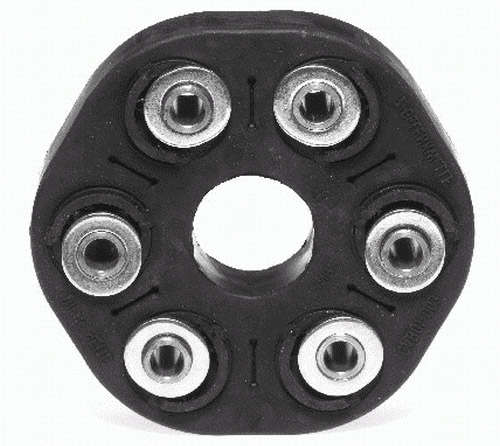 In cars with locked drivetrains, power is transmitted through the driveshafts, connecting the main gear and the differential to the driven wheels. Such driveshafts (driving wheels not steered) are structured like a drive shaft, but much shorter. Steel shafts are also used, always coupled with joints of various designs. The articulated joints enable power transmission to the sprung wheel, changing its position vertically.
In cars with locked drivetrains, power is transmitted through the driveshafts, connecting the main gear and the differential to the driven wheels. Such driveshafts (driving wheels not steered) are structured like a drive shaft, but much shorter. Steel shafts are also used, always coupled with joints of various designs. The articulated joints enable power transmission to the sprung wheel, changing its position vertically.
The more complicated situation occurs in the locked drive system with front drive. In this case, the driveshaft joints must ensure the possibility of transmitting power to wheels with not only vertical movements (suspension), but also horizontal - maneuverable (for driving a car).
In the case of driving the steered wheels, constant velocity joints are used between the outer ends of the driveshaft and the wheel journals, ball or other structure, whose center is exactly on the axis, around which the circles are returned. In that case, the second, auxiliary, A cross or rubber joint is placed next to the main transmission.
The constant velocity joint is smooth-running, so it replaces two universal joints, ensuring correct transmission of drive to the wheels even when significantly turning them back.